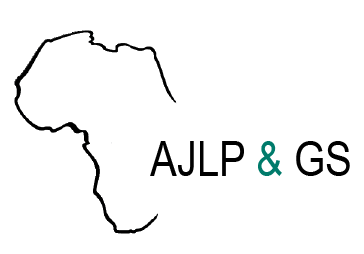This report describes the process carried out for the development of a component in the e-Agrology mobile application, which allows the farmer to accept informed consent, thus authorizing the sharing of data on their agricultural production.
Context and planMauritania has immense land reserves. Its national land bank is estimated at 502,000 ha, more than enough to promote agribusiness and achieve food self-sufficiency.
The source of data used to estimate the e-flow requirement in Sustainable Development Goal (SDG) Indicator 6.4.2 (level of water stress: freshwater withdrawal as a proportion of available freshwater resources) is the Global Environmental Flow Information System (GEFIS), an online tool produced and managed by the International Water Management Institute (IWMI).
Theoretically, the world produces enough food to nourish the growing world population. Although precise data remains scarce, according to most recent studies, globally each year possibly as much as 30 per cent of the food produced is being lost or wasted somewhere between farm and fork.
Irrigation expansion is critical for agricultural and rural development, food and nutrition security, and climate change adaptation in Sub-Saharan Africa (SSA). Lack of accessible energy for irrigation development due to limited off- and on-grid infrastructure and the resulting dependence on costly fuel-based irrigation have been key inhibiting factors for irrigation expansion in the region.
The evaluation function of the Independent Advisory and Evaluation Services (IAES), is executing the 2024 evaluations of the three Science Groups (SGs)—Systems Transformation (ST), Resilient Agrifood Systems (RAFS), and Genetic Innovation (GI).
Theoretically, the world produces enough food to nourish the growing world population. Although precise data remains scarce, according to most recent studies, globally each year possibly as much as 30 per cent of the food produced is being lost or wasted somewhere between farm and fork.


